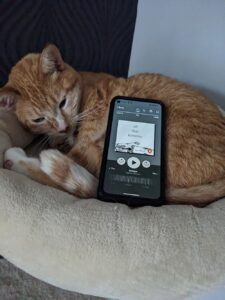All That Remains by Sue Black
Written by Ashley Kelmore, Posted in Reviews
Best for:
Those interested in forensic anthropology. Not for those who find the discussion of death (and specifics surrounding the investigation of it) to be traumatizing.
In a nutshell:
Forensic Anthropologist Black shares her experience with the dead and the living.
Worth quoting:
“If we cannot influence it, perhaps we shouldn’t waste precious time worrying about it.”
Why I chose it:
I’ve been interested in the field of forensic anthropology for awhile.
Review:
If you’ve read my reviews a bunch of the years (or if you know me in real life), you’ll know that for a time, a major part of my job was planning for the response to mass fatality incidents in King County, where Seattle is. Part of that involved working closely with two colleagues, one of whom was an amazing forensic anthropologist called Dr. Kathy Taylor. She died a few years ago, and I miss her. She was amazing to work with, and shared with the author of this book something other than a career field: she cared deeply about those she encountered through her work, and wanted to do her best to ensure families were reunited and the unidentified were known.
The author of this book, Sue Black, works out of Dundee, in Scotland, and has had a fascinating career. The book covers her life and her work, interweaving personal stories with some well-known ones. She talks about training in anatomy, and her own early experience with death in her family. She also shares how she handled the deaths of her parents.
One chapter deals with how identification is made, using age, sex, ancestry and stature. She handles the topic of sex v gender extremely well in my opinion, and talks through why, for example, it’s much easier to determine the age of a child through bones than it is to determine the age of an adult.
She has had a storied career and helped many people, including traveling repeatedly to Kosovo to help identify victims in that conflict, as well as pushing the UK to develop a world-leading capability in disaster victim identification. The chapter on that was one I found most interesting, given my background.
The book has some gentle humor but is always respectful of the living and the dead. She talks a great deal about reverence and respect for those who donate their bodies after death so others can learn (that’s on my list, though the university I currently have listed is about 6,000 miles away, so I should probably update that), and also shares interesting nuggets of wisdom. For example, I learned than anyone with a tattoo (I’m included there) may have ink in their lymph nodes? Fascinating.

